Digital Transformation in the CPG Industry: How Digital Experiences are Redefining the Business Models

alphabold
Table of Contents
Introduction
In 1997, when Coca-Cola installed the first mobile-phone enabled vending machine in Finland, nobody knew it would be the beginning of digitization in the CPG (Consumer Packaged Goods) industry. It was an experiment, a new initiative in the industry, but it forecasted the emergence of a digital-first business strategy to succeed in the CPG market.
Now, in 2022, this experiment has become a necessity and a parameter of the success of CPG companies.
Despite the growing need to create an operational model focused on innovation, less than 21% of businesses feel prepared to adopt innovation.
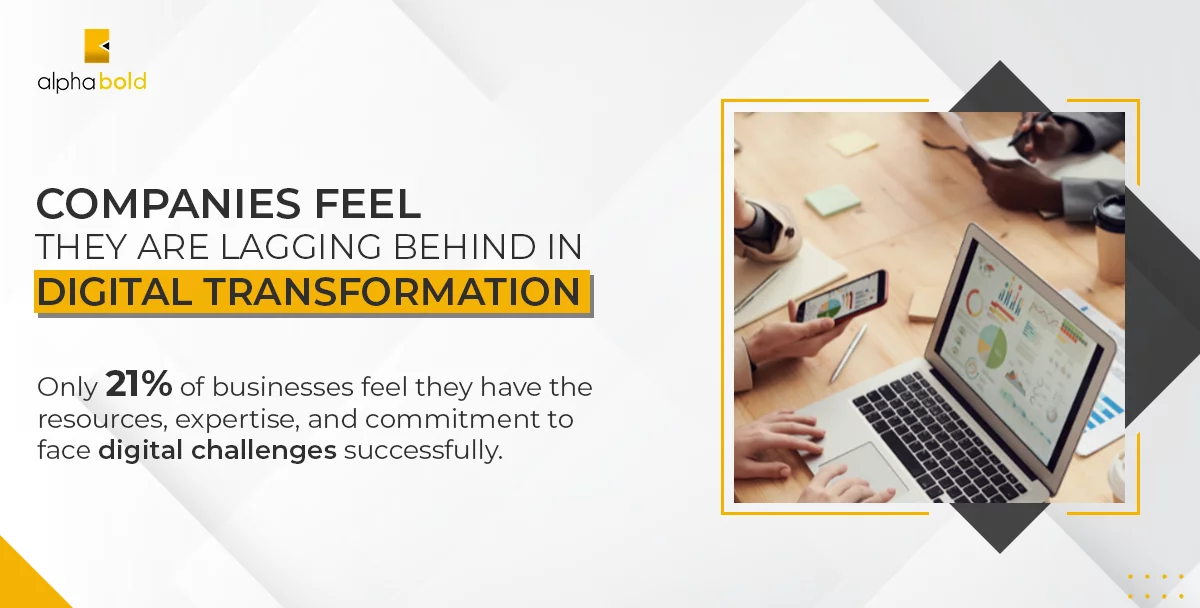
You may also like: The Role of AI in the Manufacturing Industry
Why Do CPG Companies Need Digital Transformation?
The answer to this question lies in the core definition of digital transformation.
Digital transformation means integration of digital technology into the business model, digitizing business processes, changing operational workflow, bringing cultural shifts, and redefining customer experience.
…and that’s why CPG need a digital transformation.
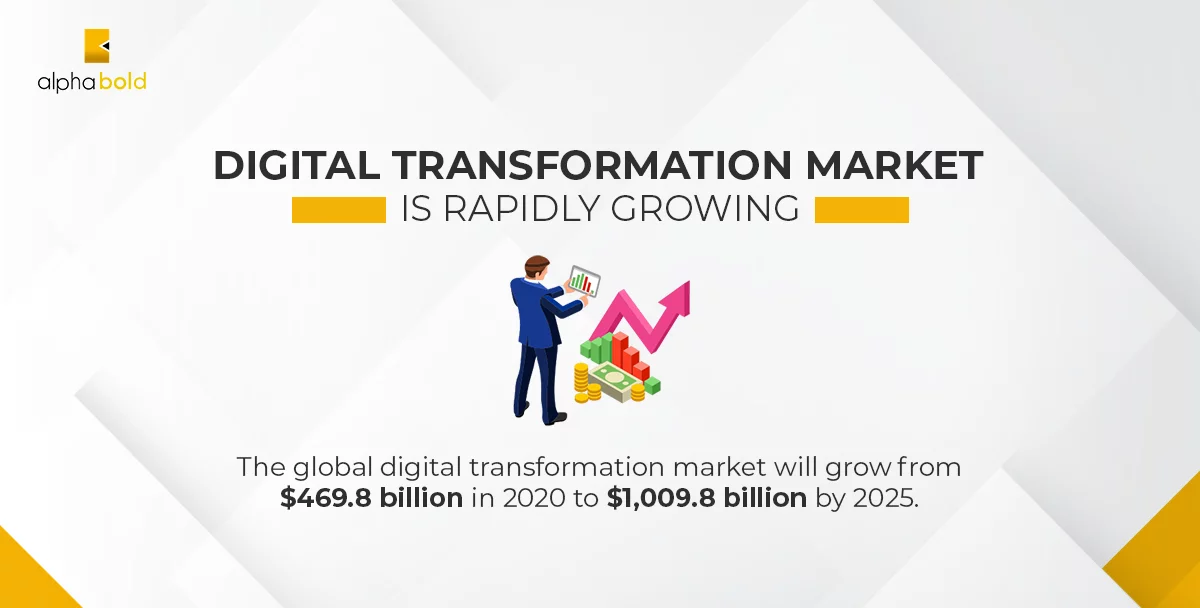
The global digital transformation market will grow from $469.8 billion in 2020 to $1,009.8 billion by 2025.
Source: GlobalNewsWire
Now is the time for the CPG industry to take advantage of digital transformation growth because…
The CPG industry is rapidly changing. Things that used to change within 2-3 years now take a few months to shift. This rapid transformation of the CPG industry demands complete digitization of the business processes, including supply chain, HR, finance, logistics, management, etc.
Here are key factors that have contributed to the CPG industry’s digital transformation:
Consumer Shift:
Today’s consumers of the CPG industry have shown a great shift from physical cardboard to virtual connections. The explosion of digitization, digital devices, and social media penetration has changed the way consumers interact and buy products.
The online shopping trend is growing quickly, and its market size was around 4 trillion in 2020. There are expected to be around 300 million shoppers online in the US.
Besides shifting to couch-shopping, the spread of digital devices has further triggered the need for digital transformation. Around 49% of people use their smartphones for shopping.
With the increase in the number of digital devices, the tech dependency of consumers will increase to make purchases.
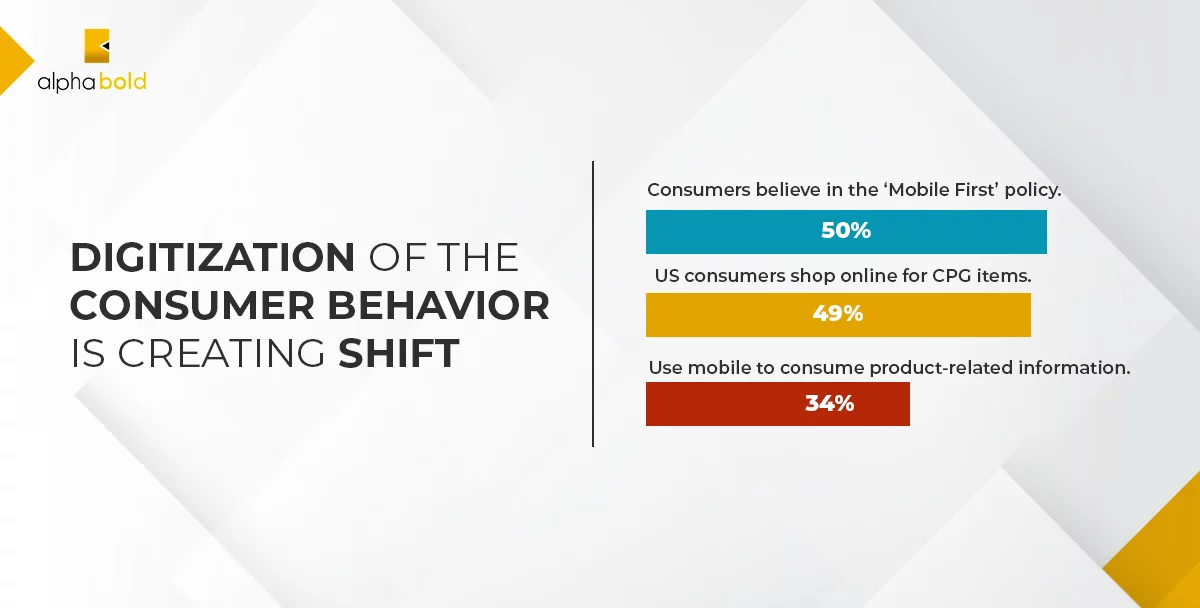
- 50% of consumers believe in the ‘Mobile First’ policy.
- 49% of US consumers shop online for CPG items.
- 34% use mobile to consume product-related information.
Source: Photon
Consumers rely on and think from a digital mindset to make brand opinions and buying decisions, purchase goods, and get relevant knowledge.
This massive change in the consumer journey and habits has paved the path for the need to adopt a new business strategy that keeps the digital experience and transformation at the heart of the CPG industry.
Customer Experience:
Customer experience has become the new customer conversion catalyst. Consumers give more weight to CPG brands that offer personalized and enhanced customer experiences through the sales funnel.
A business focusing on customer experience can improve brand identity, customer loyalty, sales, customer satisfaction, sales, and revenue generation.
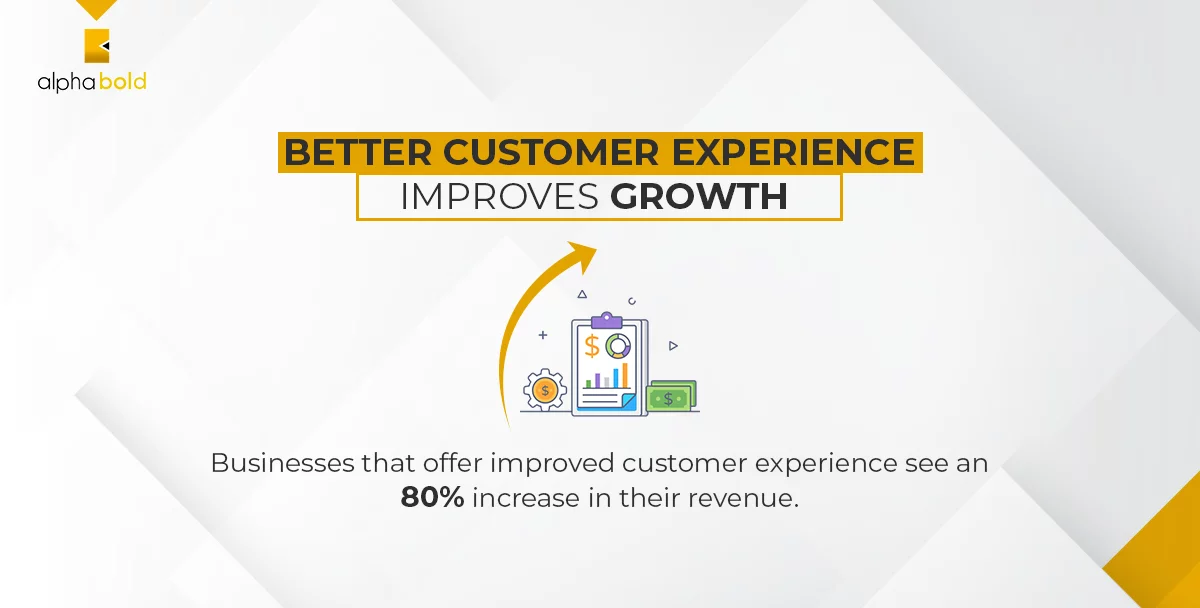
Businesses that offer improved customer experience see an 80% increase in their revenue.
Source: TechJury
This changing landscape of customer demands, and expectations puts the CPG industry at the forefront of digital transformation that should focus on engaging and dynamic approaches. From digital consumerism, omnichannel strategy, DTC (Direct-to-Consumer) sales, smart brand packaging, and better product delivery to seamless customer response, CPG companies need to focus on multiple aspects to stay ahead of their competitors.
An Accenture study says that even permanent small changes in consumer attitude can cause a ripple effect. It reshapes value chains and gives a benefit of $3 trillion to businesses that respond to this changed consumer behavior timely.
The CPG industry needs to move beyond just improving digital response and integrate digital transformation into all business aspects. One of the best examples is the launch of the smart bottle by Diageo that enabled consumers to read tags using digital gadgets and track stock.
Result? CPG brands need to improve customer experience by adapting to industry trends, consumer sentiment and market pressures while thinking out of the box to retain or expand their competitive advantages.
Business Model Changes:
Besides consumer shift and behavioral change, business models are also transforming. Businesses seek new ways to build brand presence, innovate products, conduct operations, automate processes, and offer services.
That’s why all types of business, big or small, are turning to a digital-first business strategy.
55% of startups have adopted a digital business strategy.
Source: Forbes
In this transforming scenario, the industry needs to rely on evolving digital trends and technological innovation to cope with the ever-changing market situation.
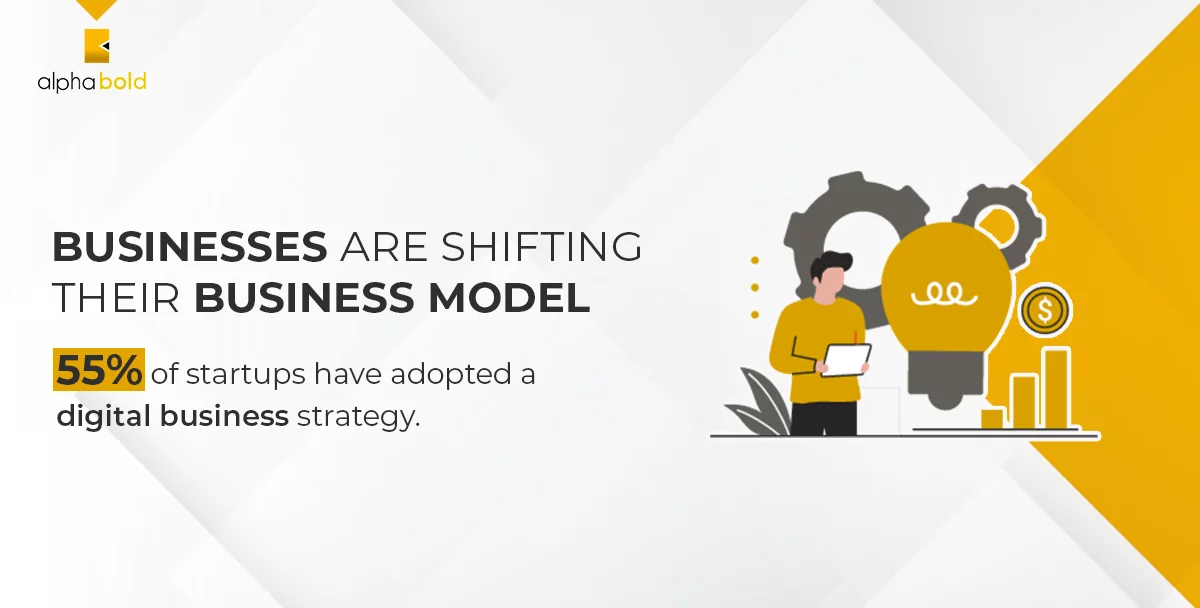
Enhance your CPG Business with Digital Innovation
Understand the impact of digital transformation on the CPG industry and how to leverage it for your business success.
Request a DemoDigital Transformation Trends for the CPG Industry 2022
Digital transformation trends for the CPG industry are paramount. Marketers are dealing with multiple situations where they need to cope with the threat of competition and changing customer expectations.
That’s why the CPG industry is facing a rise in digital transformation trends that are transforming business processes, management, product quality, operational efficiency, and business strategies.
Here are a few CPG industry trends that are creating better growth opportunities for the CPG industry:
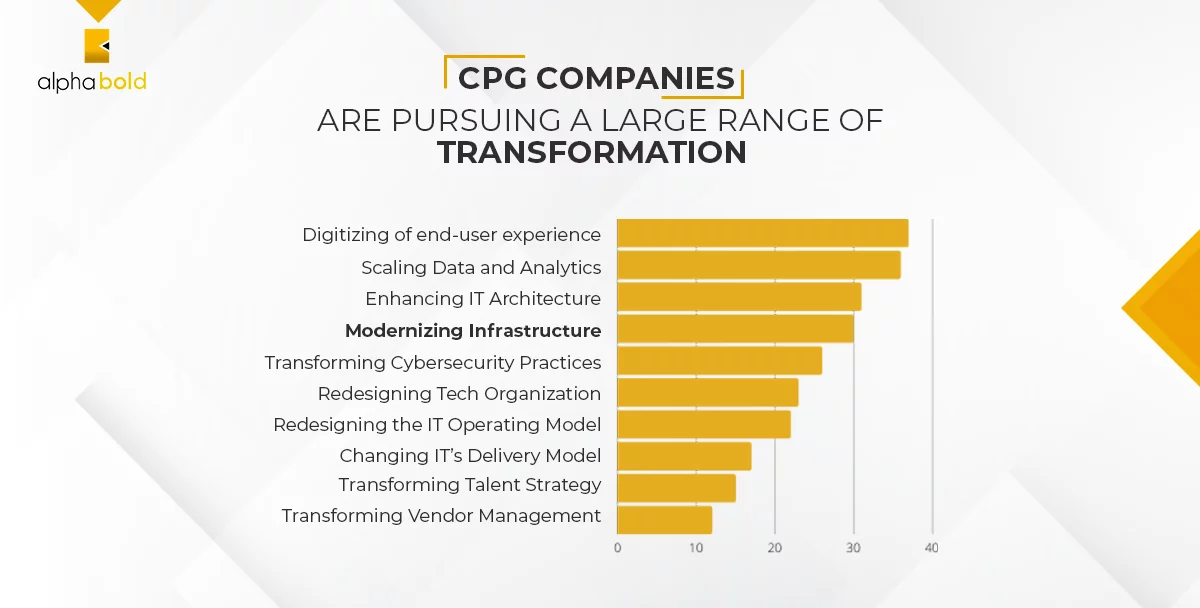
Source: McKinsey
1. Better Use of Data:
The digital world is all about data – a lot of it. And it can help businesses get an insight, make better decisions, improve efficiency, and gain a competitive edge. Data can help companies in two keyways: to improve business processes and keep consumers informed about the products.
It is time for marketers to push for business digitization to leverage the data and achieve bigger opportunities. But data without proper analysis is just clutter, rendering no meaning for their stakeholders. That’s why around 46% of small businesses are using BI tools to get the most out of this big data trend.
According to Deloitte, there is a 4-step process to achieve the best results from data analytics.
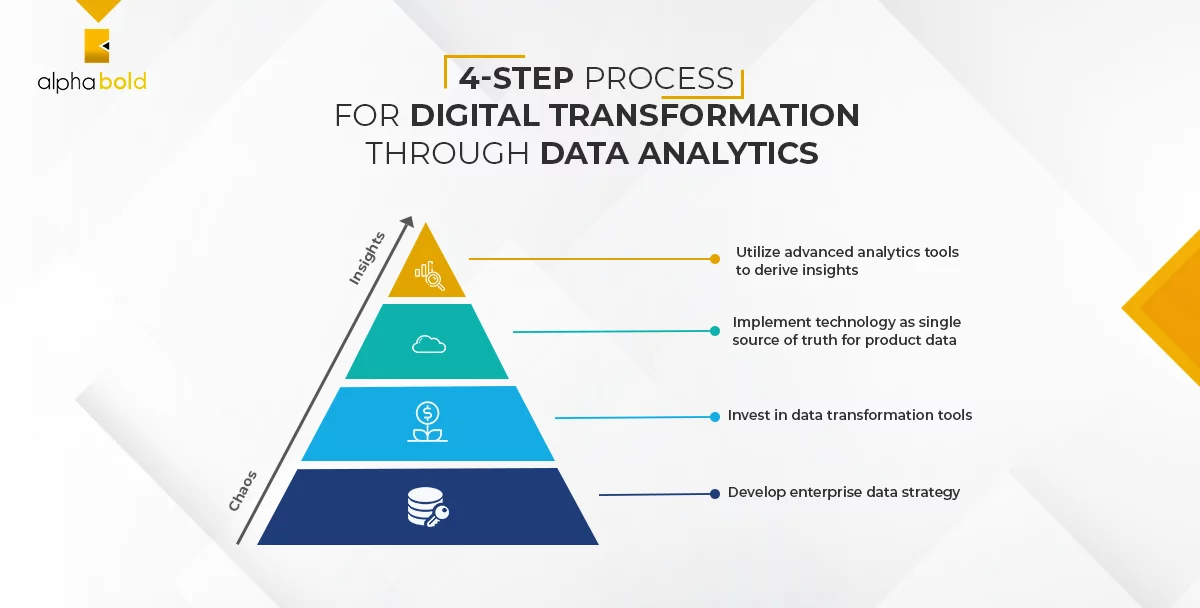
Source: Deloitte
Here are a few benefits of incorporating better use of data into your business fabric:
- It gives predictions about CPG companies’ performance statistics, like the current situation, the cause behind these happenings, and what their response should be.
- It also predicts failures and helps make a strategy to divert them.
- It helps in finding areas to expand and improve customer service.
- You can easily find new opportunities and take a proactive approach to stay ahead.
- It provides trustworthy and accurate data to consumers and retailers about the product details.
You need a data strategy to get the best results. Here is how you can make better use of data:
2. Unified Customer Experience:
Give your customer a unified experience no matter which device, channel, or means they use to approach you. Mobile phones have become the dominating source to search, review, analyze, and buy products. The future of customer interaction demands a mobile-first strategy.
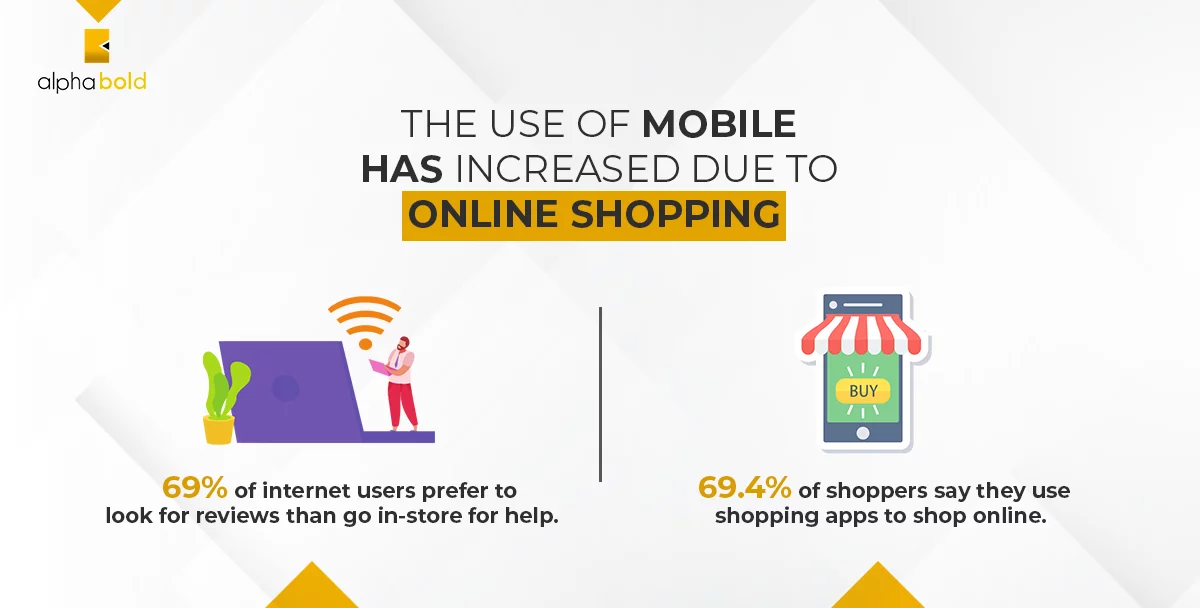
- 69% of internet users prefer to look for reviews than go in-store for help.
- 69.4% of shoppers say they use shopping apps to shop online.
Source: Oberlo
You should focus on providing a unified digital experience that focuses on seamless engagement on all web pages and progressive web apps. But keeping your brand voice and experience consistent throughout different engagements means strengthening brand presence.
So, the success of the CPG industry lies in giving its consumers a unified customer experience that makes their customer journey easier and develops a sense of belonging to them.
3. Cloud Migration:
Cloud migration translates perfectly with the idea of digital transformation as it means moving IT processes, applications, and data onto cloud platforms. It has become one of the rising CPG industry trends that are helping companies in various areas, like supply chain, manufacturing goods, and sales and marketing.
That’s why around 25% of organizations have switched to cloud-distributed technology.
Investing in cloud technology…
- Reduces maintenance cost
- Helps in inventory improvement
- Makes resilient supply chain
- Better productivity improvement
- Enables process optimization
- Incurs predictive maintenance
- Improves customer service.
Companies that invest sooner in cloud-distributed technology will reap the benefits faster than others and will gain a competitive edge. So, if you are not investing in the cloud, you should do it now!
Explore more: A Guide to Microsoft Copilot for the AEC Industry
4. Internet-of-Things:
Though the idea of IoT is not old, the CPG industry has yet to fully reap its benefits. CPG marketers have been slow in adopting this technological advancement that has lagged them in IoT-fueled advancement.
The CPG industry sector should invest more in IoT to know their customers better, monitor goods transportation, and improve security. This can come from:
- Prediction of machine breakdown time
- Tracking the number of units loaded or dispatched
- Checking the popularity of products among consumers
- Sending discounts and coupons directly to consumers
- Analyzing customer interactions with products
Once CPG brands know their consumers well, they will better sell their products.
Transform your CPG Business Today
Embrace digital transformation to stay ahead in the CPG industry. Learn how innovative digital experiences can redefine your business model and drive growth.
Request a DemoDigital Future of CPG Industry Companies
The future of the CPG industry is upon us, and businesses are slowly embracing CPG industry trends, like Machine Learning, Artificial Intelligence, IoT, Cloud Migration, VR and AR. CPG marketers are widening their approach from just focusing on sales to gaining customer satisfaction for the better.
The digital revolution will cut down the cost, time, and risks to achieve better results for decision-makers by enabling end-to-end digital transformation.
According to former CIO, Brian P. Watson, the result of digitizing the company end to end is to “[create] an environment that is functioning in real-time.” By doing this, P&G can respond to the market faster than before and make better, more informed decisions to address the needs of their customers and consumers.”
After reading this blog, we hope it helps you out in the same way!
Explore Recent Blog Posts







